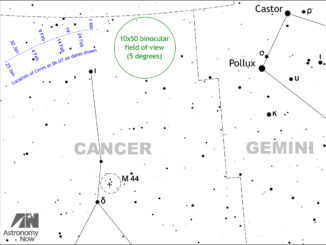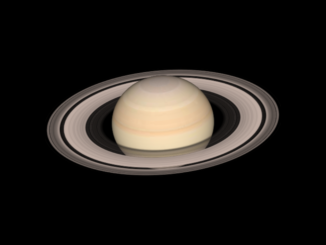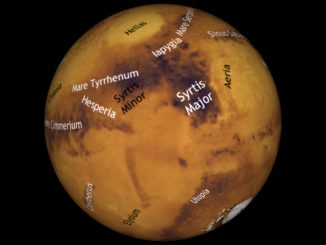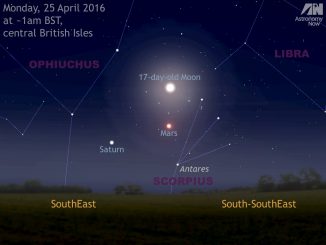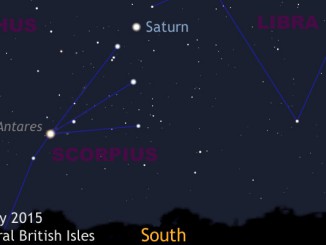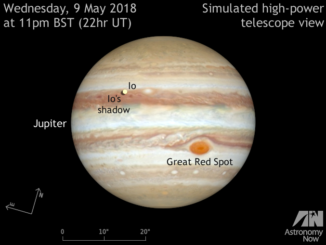
Jupiter’s 9 May opposition and a month of Jovian events visible from the UK
With the opposition of Jupiter occurring on 9 May, now is the time to ensure that your telescope is clean and collimated (aligned) to deliver the sharpest images of the solar system’s largest planet at its best. We tell you when and how to view Jupiter’s Great Red Spot and a wealth of Galilean moon phenomena throughout May 2018.

